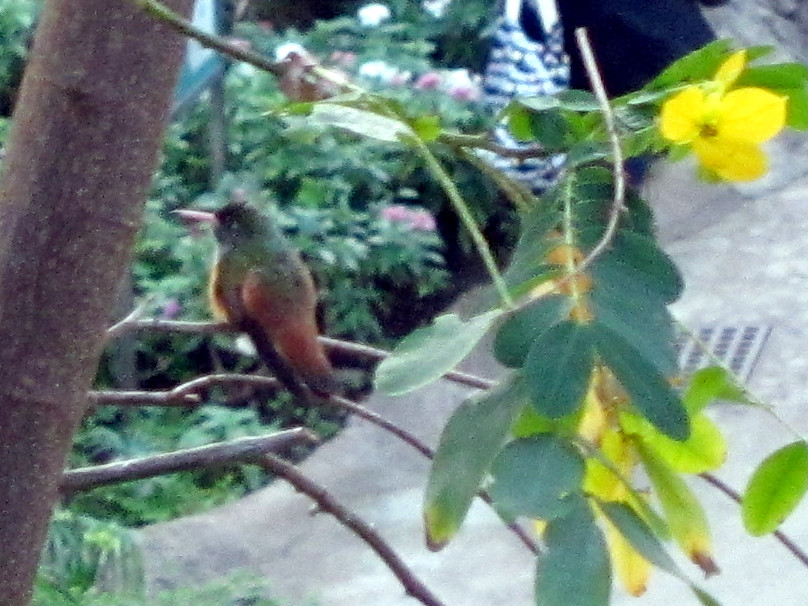Vanilla
- Flower nameVanilla
- Scientific nameVanilla planifolia
- AliasVanilla, Vanilla planifolia, バニラ・プラニフォリア
- Place of origintropical America, including southern Mexico and the West Indies
- Place of floweringGreenhouse, Botanical Gardens, Subtropical region
- Flowering seasonApril, May, June
What is Vanilla
Vanilla (scientific name: Vanilla planifolia), native to tropical America (Central and South America), including southern Mexico and the West Indies, is a vine (suckering root) evergreen epiphytic orchid in the genus Vanilla of the orchid family. It is the national flower of the Comoros Union. The main production area of vanilla is the island of Bourbon, which includes Madagascar. Vanilla is a vine that requires a tree to wrap around, usually a Theobroma cacao, but sometimes a wooden lattice is used as a substitute. The vine grows rapidly, reaching up to 60 meters in length. The vine has thick, alternate leaves. The leaves are green, 20 cm long, oblong-ovate to oblong-elliptic, and entire-edged, without fragrance. In April to June, the plant produces a gross inflorescence with orchid-shaped flowers 5 to 6 cm in diameter. The flowers are thick-fleshed, light green to yellowish green, one-day flowers that begin blooming around 5:00 AM and wither in the evening. The flower is composed of a tubular lip, two lanceolate inner petals, and three lanceolate outer petals. The flowers are not aromatic and do not attract insects. In its native land, Melipona beecheii and hummingbirds (Trochilidae) serve as pollinators, but in other countries, the flowers are artificially pollinated. The fruit, which is produced from October to December, is a 15-25 cm long capsule with an elongated cylindrical shape similar to the Kidney bean (scientific name: Phaseolus vulgaris) . The capsule contains a 0.5 cm long, lentil-shaped seed that is initially green and turns a shiny purple-brown color with a sweet aroma characteristic of vanilla.

hummingbirds (Trochilidae)
The fruit is harvested with the seed pods, which contain the seeds, and fermentation and drying are repeated for two to three weeks to gradually produce sweet-smelling vanilla beans. The vanilla beans are then extracted and dissolved in a solvent to produce vanilla essence or vanilla oil. These are used to flavor confections, ice cream, and chocolate, as well as for medicinal purposes (hysterics, sedatives, etc.). It takes more than three years for the tree to grow into a tree that produces vanilla beans.
Origin of the name
The genus name "Vanilla" is derived from the Spanish word "vaina," meaning "small capsule," from the shape of the bean pod. The species name "planifolia" is a compound of "plan" (flat) and "folia" (leaf), derived from the vanilla's flat leaves.
■Related Pages
Vanilla
Flower of the orchid family
Common name: Vanilla, scientific name: Vanilla planifolia, Origin: Tropical America; Vine: 60 m long; Phyllotaxy: alternate; Leaf length: 10-15 cm; Leaf shape: elliptic, acute; Leaf margin: entire; Leaf color: green; Flowering season: April - June; Inflorescence length: short (5 cm); Corolla shape: funnel-shaped; Flower diameter: 5 - 6 cm; Harvest time: October - December; Fruit length: 15 - 25 cm Fruit type: capsule; fruit shape: elongated cylindrical; seed diameter: 0.5 cm; seed shape: lenticular; fruit color: green to shiny purple-brown; uses: medicinal, aromatic.












